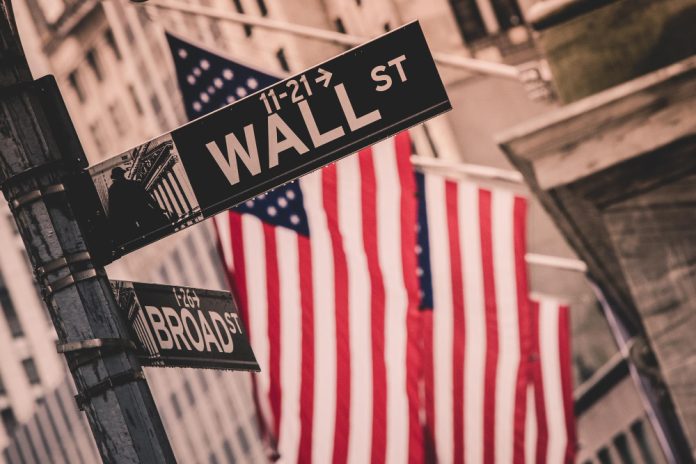Wall Street opened higher on Tuesday as some stability returned after the market’s worst loss in nearly two years. The S&P 500 rose by 0.6% early in the session, aiming to break a three-day losing streak during which the index dropped over 6%. This decline was driven by weaker-than-expected economic reports, including a sharp slowdown in U.S. job growth, raising concerns that the Federal Reserve’s aggressive rate hikes may have overburdened the economy. The Dow Jones Industrial Average gained 48 points, while the Nasdaq Composite climbed by 0.8%.
Early Market Recovery
Japan’s stock market rebounded sharply, with the Nikkei 225 index soaring more than 10%, recovering almost all of the losses from Monday that triggered a global market sell-off. In the U.S., futures for the S&P 500 and Dow Jones Industrial Average showed gains of 0.8% and 0.7%, respectively. The Nasdaq, which had seen substantial declines in recent days, also bounced back with a 0.9% increase.
“Calm finally appears to be returning,” noted Bas van Geffen of Rabobank. Although the Nikkei’s 10% gain didn’t fully offset Monday’s loss, it helped reduce the panic that had gripped markets.
Corporate Earnings Boost Wall Street
Strong earnings reports from U.S. companies provided additional support to the markets. Uber’s stock jumped 5.5% after the company reported its highest quarterly revenue ever, with $10.7 billion in sales for the second quarter. Caterpillar shares rose more than 4% after the heavy machinery manufacturer beat profit expectations, with its stock up over 8% in 2024.
However, not all news was positive. SunPower Corp., once a major player in the solar industry, saw its shares plunge more than 40% before the market opened after announcing it would seek bankruptcy protection. The company, which had a market cap of over $11 billion at its peak, filed for Chapter 11 bankruptcy late Monday and announced plans to sell some assets for $45 million.
Global Markets Show Mixed Performance
European markets largely missed out on the rebound, with Germany’s DAX and London’s FTSE 100 each down 0.2%, and France’s CAC 40 falling 0.5%. In Asia, South Korea’s Kospi surged 3.3%, and Australia’s S&P/ASX 200 rose 0.4%, while Hong Kong’s Hang Seng index slipped 0.3%.
Monday’s market turmoil was reminiscent of the 1987 crash, with the Nikkei losing a combined 18.2% over two days. However, the index rebounded on Tuesday, closing up 3,217.04 points at 34,675.46, as investors snapped up bargains.
Economic Outlook and Market Volatility
Wall Street remains up significantly for the year, with the S&P 500, Dow, and Nasdaq all posting double-digit gains. However, recent market volatility has been fueled by concerns that the Federal Reserve’s high interest rates might stifle economic growth. A report from the Institute for Supply Management on Monday provided some relief, showing stronger-than-expected growth in U.S. services businesses.
While the U.S. economy continues to grow, the risk of a recession remains uncertain. Ongoing global tensions, such as the Israel-Hamas conflict, could lead to further market fluctuations, particularly in oil prices.
Early Tuesday, U.S. benchmark crude oil was trading at $73 per barrel, up 6 cents, while Brent crude rose by 3 cents to $76.33 per barrel. The euro fell to $1.0918 from $1.0954.
Featured Image: Freepik @ wirestock









